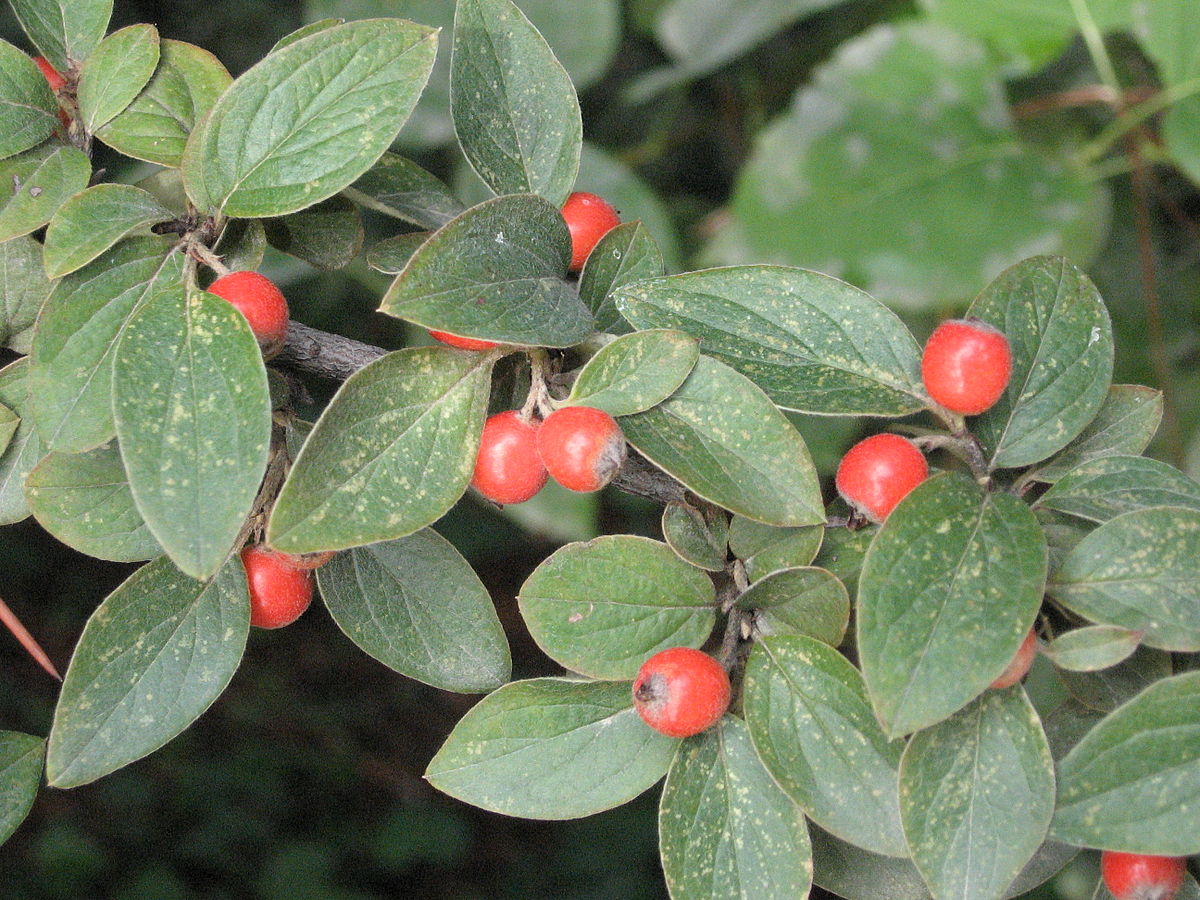It has long been known that plants can help reduce air pollution. But which one is the best?
Well, some scientists at the Royal Horticultural Society in the UK set out to answer that question, and the winner was … the Franchet’s Cotoneaster.
The “Franchet’s Cotoneaster” is an evergreen shrub that typically grows up to 10′ tall. It is native to southwestern China, Myanmar and northern Thailand — though it has been naturalized in the U.S. (thanks to birds) and can now be found in some Western states. The plant has oval leaves that are glossy gray-green and makes a great addition to the landscape if it is allowed to form an un-pruned fountain of pink and white summer flowers.
But in addition to its pleasing landscape attributes, this new “super plant” has the impressive ability to soak in airborne pollutants – most notably particulate matter.
As reported in EcoWatch:
“We estimate the Cotoneaster franchetii traps 20% more emissions than other hedges we have tested so would be ideal along busy roads in pollution hot spots,” RHS principal horticultural scientist and study lead author Dr. Tijana Blanusa said in a press release.
The study, published in the journal Environments, set out to compare different methods for assessing which plants were accumulating the most particulate matter. They then used the most effective method to look at roadside hedges during the summertime in the British city of Reading. They sought to determine which species and types of species were the most effective at absorbing pollutants, as well as the influence of hedge depth and proximity to traffic.
The winner, Franchet’s cotoneaster…”
Scientists explain that the reason for the plant’s pollution fighting capabilities rests on its “rough and hairy-leaves.” The Franchet’s leaf hairs, ridges and scales not only help to increase the surface area onto which the PM can fall, but also makes it harder for the PM to dislodge itself and fall off. Thus, planting these shrubs around busy highways and roads could help to clear the air in some of our more congested cities and towns.
To read the article in its entirety, click here.
